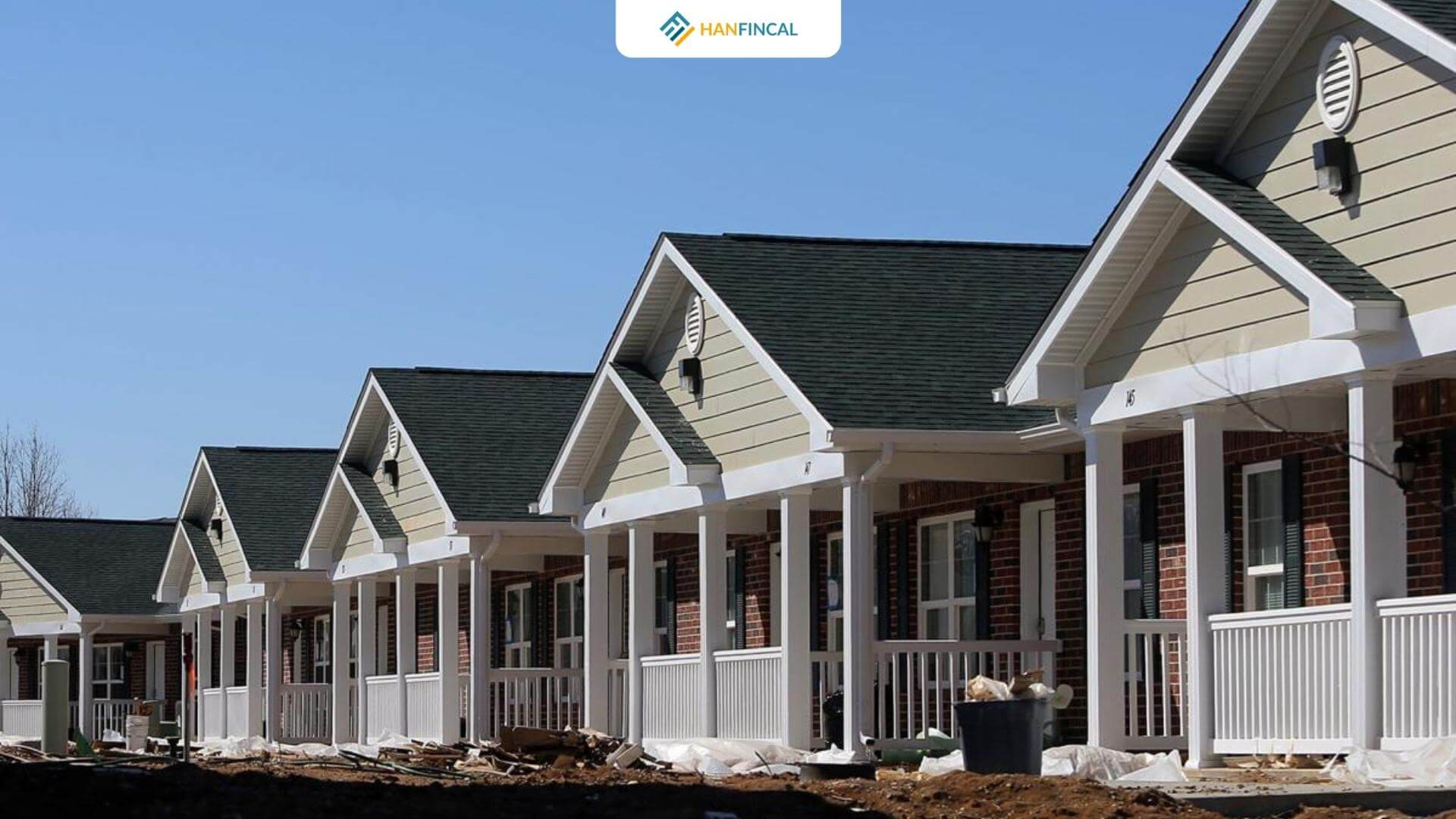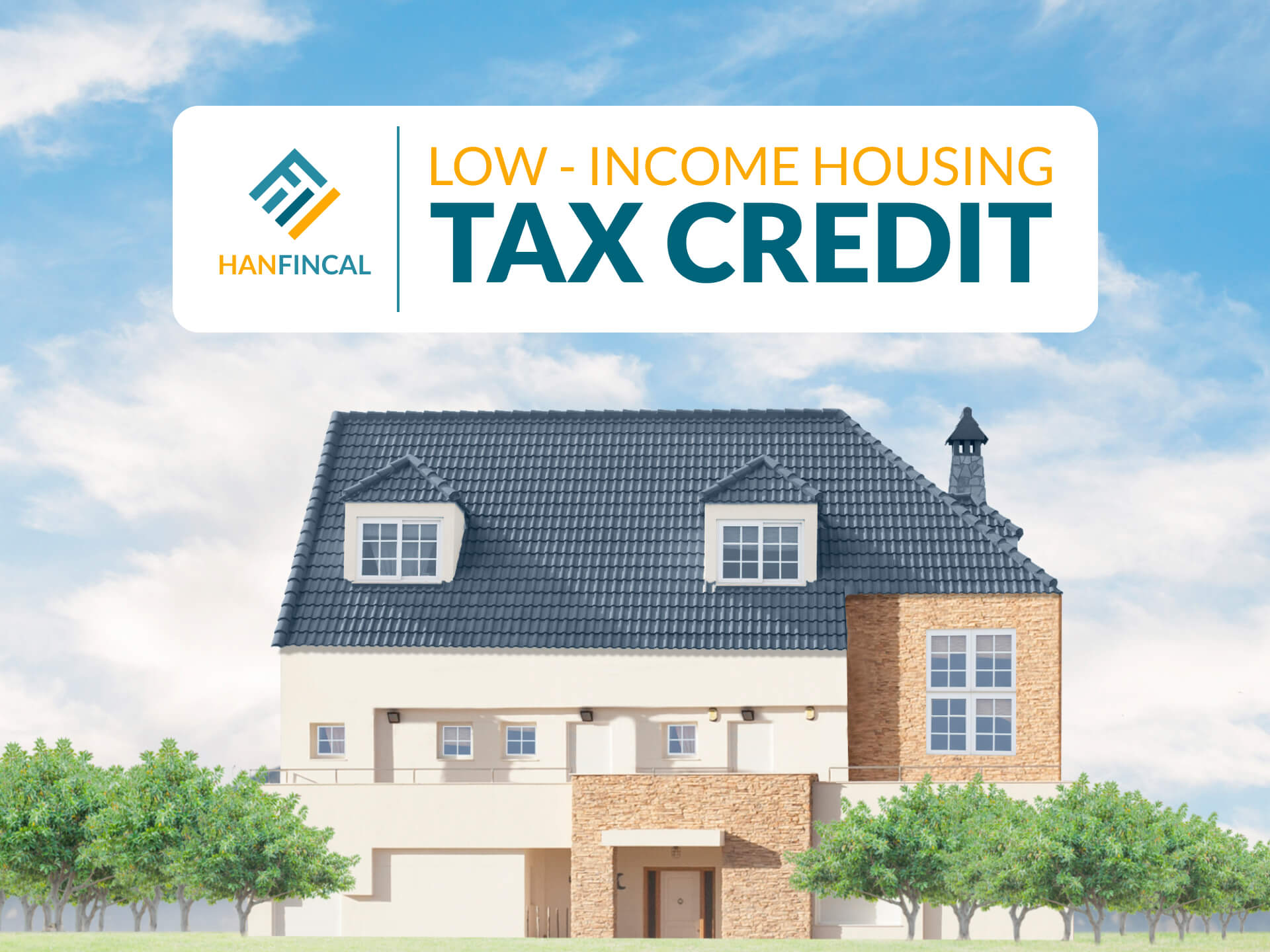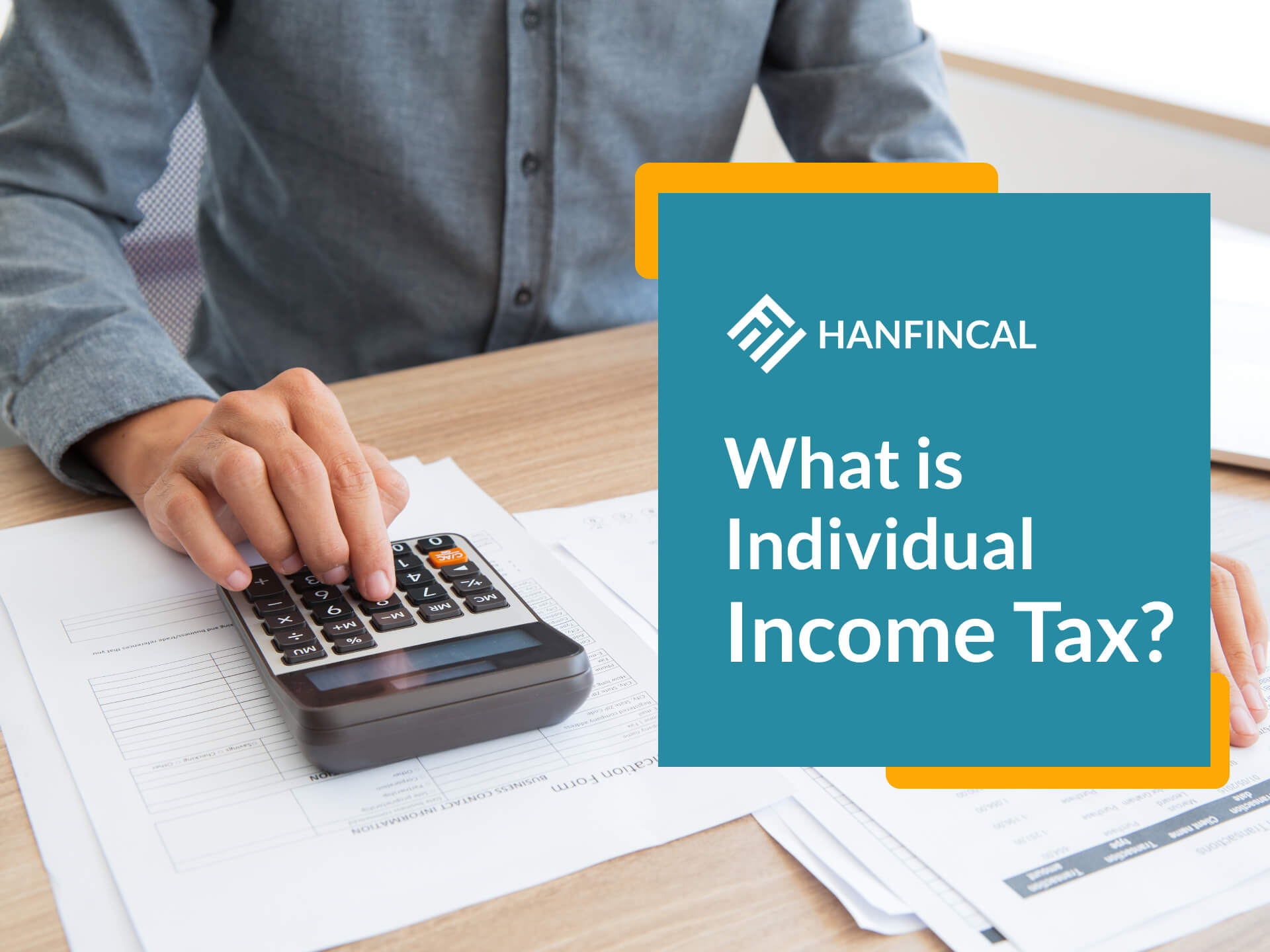The low-income housing tax credit is also a priority option that has to be in your eyes from now on. Do not ignore this housing tax credit if you have one of three intentions: acquisition, construction, and rehabilitation of your house. Billions of dollars are issued per year to subsidize low-income households for that demand; why do you leave your money pass up your hand? Hanfincal (hanfincal.com) is an excellent place to learn more about this topic. Follow us and take some notes.
Table of content show
1. What is a low-income housing tax credit?

Income Housing Tax Credit
The Low-Income Housing Tax Credit (LIHTC) is a tax credit that encourages the construction or rehabilitation of affordable rental housing for low-income households. It is created by the Tax Reform Act of 1986.
This program is the most essential resource for affordable housing creation in the United States today. It subsidizes the acquisition, construction, and rehabilitation of low- and moderate-income rental housing. From 1995 to 2018, an average of nearly 1,400 projects and 106,400 units were put into service per year.
The federal government provides tax breaks to states and territories. State housing agencies then compete to award the credits to private developers of affordable rental housing projects. To obtain funding, developers typically sell the credits to private investors. Once the housing project is operational, investors can claim the LIHTC for a period of ten years.
2. Qualifying for the income housing tax credit
LIHTC is available for many rental properties, including apartment buildings, single-family homes, townhouses, and duplexes.
Owners or developers of LIHTC-eligible projects agree to meet an income test for tenants as well as a gross rent test. There are three ways to satisfy the income requirement:
- At least 20% of the project’s units are accounted for by tenants earning 50% or less of the area median income (AMI) after adjusting for family size.
- At least 40% of the units are accounted for by tenants earning 60% or less of the AMI.
- Tenants with incomes averaging no more than 60% of AMI occupy at least 40% of the units, and tenants occupy no units with incomes exceeding 80% of AMI.
According to the gross rent test, rents must not exceed 30% of either 50% or 60% of AMI, depending on the proportion of tax credit rental units in the project. All LIHTC projects must meet the income and rent tests for 15 years, or their credits will be recaptured.
3. Calculating costs and benefits of low-income housing tax credit
Cost Calculation:
The LIHTC is expected to cost approximately $9.5 billion per year. It is by far the most extensive federal program encouraging the development of low-income rental housing.
Pros:
- For more than 30 years, an effective program has significantly increased the supply of affordable housing.
- LIHTC addresses a significant market failure: the scarcity of high-quality, affordable housing in low-income neighborhoods. Using private-sector business incentives to develop, manage, and maintain affordable housing for lower-income tenants increases efficiencies.
Cons:
- Because of the various intermediaries involved in its financing—organizers, syndicators, general partners, managers, and investors—the federal subsidy per unit of new construction is higher than it needs to be. As a result, a sizable portion of the federal tax subsidy does not go directly toward creating new rental housing stock.
- Another potential shortcoming is the complexity of the statute and regulations.
- Another disadvantage is that some state housing finance agencies tend to approve LIHTC projects in ways that concentrate low-income communities in historically segregated areas with limited economic opportunities.
- Finally, while the LIHTC may assist in constructing new affordable housing, maintaining that affordability is quite challenging once the required compliance periods are over.
The low-income housing tax credit is another escape for low-income families from financial burden. Although it also has some drawbacks, the government is trying to improve and enhance the quality of affordable housing as much as it can. Everything has pros and cons inherent, no matter how good it is. Have an optimistic vision; HanFincal (hanfincal.com) is always alongside your financial health. In case you are interested in rental assistance, a Section 8 housing voucher is another choice you should consider.
==> Read More:




